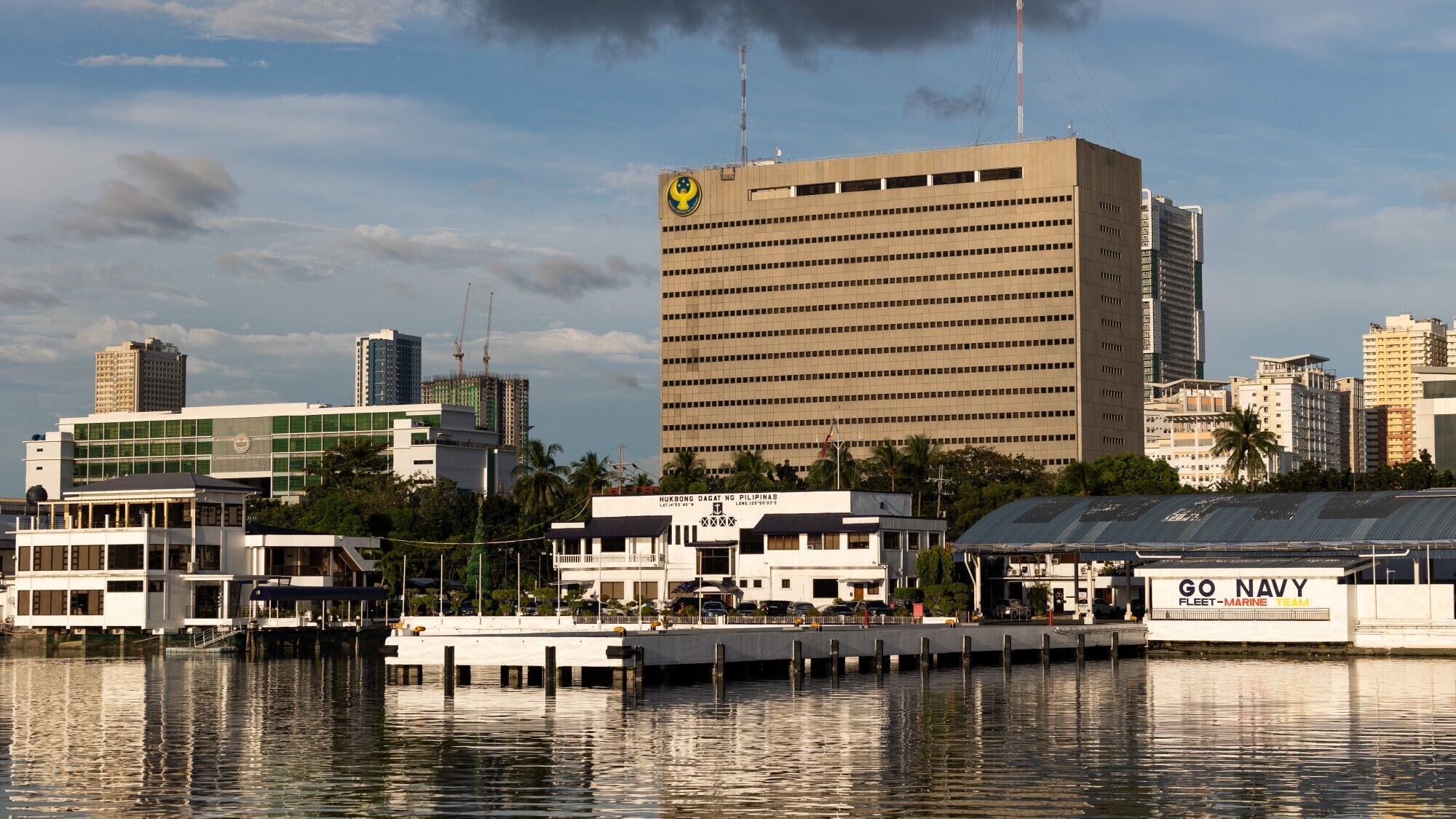(Bloomberg) -- The Philippine central bank will slash the reserve requirement ratio for larger banks, injecting about 250 billion pesos ($4.5 billion) into the economy.
The Bangko Sentral ng Pilipinas said on Friday that the RRR for universal and commercial banks will be cut by 250 basis points to 7% of deposits from 9.5%. The reduction in the amount that lenders must set aside in reserve, effective October 25, was intended to lower intermediation costs and promote better pricing for financial services, it said in a statement.
Banking stocks rallied after the announcement, with the financial sector index jumping by the most in a month. Metropolitan Bank & Trust Co., the nation’s No. 2 lender rose almost 3% while Bank of the Philippine Islands gained 3.4%.
The central bank is pulling another lever to boost growth after it kicked off a rate cut cycle last month to bring down borrowing costs from a 17-year high. Currency gains, thanks in large part to the Federal Reserve’s easing pivot, and slowing domestic inflation are giving emerging nations including the Philippines more scope to turn their focus toward supporting their economies.
While the Philippines is among the region’s growth stars, the key rate at the highest since 2007 has constrained domestic activity. Growth in consumption, which makes up some 70% of output, matched the first quarter pace of 4.6% — the slowest expansion post-pandemic.
“By reducing the RRR, the BSP can provide banks with more funds to lend, which can stimulate economic activity,” said Dan Roces, chief economist at Security Bank Corp. in Manila. The cut could release about 250 billion pesos into the financial system, he said.
“While the BSP may choose to be cautious in its policy easing due to the size of the RRR cut, it still has flexibility given the recent significant reduction in US interest rates,” Roces said.
Further Reductions
The BSP had long stressed that the reserve requirement isn’t a monetary policy tool, and that the adjustments were meant to reduce distortions in the financial system. Meanwhile, banks have long sought lower RRR to trim their costs and free up funds for lending.
The latest decision will also reduce digital banks’ reserve ratios by 200 basis points to 4%, while a triple R reduction of 100 basis points will be implemented for smaller lenders, the central bank said.
“As inflation continues to track a target-consistent path over the next two years, the BSP will reassess the need for further reductions in the RRRs to better align them with regional norms over the medium-term,” it said.
Earlier this year, Governor Eli Remolona said that he wants to slash the reserve ratio to 5% by the end of his term in 2029. The governor also telegraphed the latest move when he said on Sept. 18, hours before the Fed, that a substantial reduction in the RRR will be underway. Remolona’s predecessor also implemented a 250-basis-point cut in banks’ reserve ratios in June 2023.
Separately on Friday, Remolona signaled that the central bank will continue unwinding its most aggressive monetary tightening campaign in two decades, in line with his earlier guidance.
“We had anticipated the cut,” Remolona said in a mobile-phone message on Friday, when asked whether the Fed’s half-point rate cut will convince policymakers to sustain policy easing next month. “To the extent it helps the US economy, it also helps us, including through our exports,” the governor said of the Fed move this week.
--With assistance from Cecilia Yap.
(Recasts with more context, updates with analyst comment.)
©2024 Bloomberg L.P.
